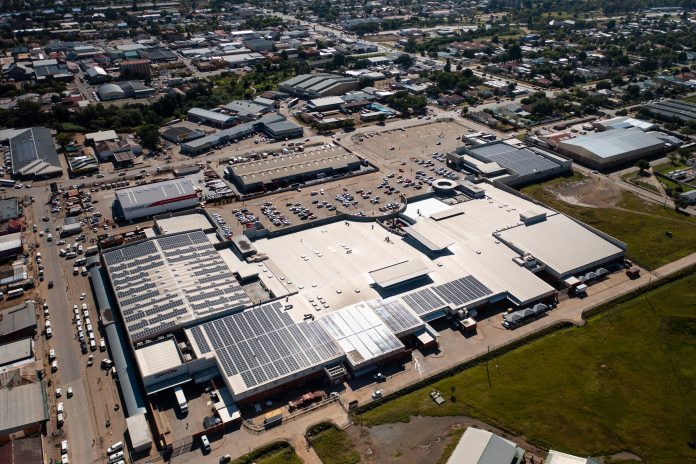
The latest Market Intelligence Report on Energy Services suggests South Africa’s Energy Services Companies and EPCs are starting to specialise, focusing on niche services as part of the wider value chain.
In the last year, one or two property tenders have been launched every month and the green building industry is on the rise. While new buildings only make up around 5% of total buildings in SA, retrofitting existing buildings is expected to become the largest sector within the building sector in 2022.
Though a lack of available, affordable finance for smaller projects is still a problem, smaller rooftop PV projects are increasingly being batched together to reach a scale where they become attractive to larger investors who, up to now, have only been interested in utility-scale RE projects.
Loadshedding and security of supply remain a major concern, but battery storage prices are dropping and the idea of electric mobility is gaining momentum.
Moving South Africa to a distributed energy model
The four major developments transforming South Africa’s energy market from a monopoly model to a distributed energy model are:
• Rising energy prices;
• Falling costs of renewable energy technologies such as rooftop solar PV;
• Supportive energy policies and regulations by local and national government; and
• Energy financing programmes and incentives.
A major contributor to the growth of the SA’s energy services market has been the demand for rooftop solar PV. By the end of 2017, there were 387MWp of installed solar PV rooftop systems in South Africa, according to the CSIR.
“In 2021/22, despite intermittently scheduled stages 2-4 COVID19 lockdowns, the market continued to grow. In 2021/22, it is estimated that the total installed solar PV rooftop systems through SA grew from 11.5GWp to ~1.5GWp with between 250MWp and 400MWp being installed in SA in the last 12 months,” reads the report.
It is estimated the total annual available market will continue to grow at a rate of 300-500MWp installed per year, reaching a total of 7.5GW of installed capacity by 2035.
Assuming a cost of R10/Wp, this installed capacity growth represents a total available market of R5 billion a year and a total available market of R75bn by 2035. “The installation of an additional 500MWp in one year translates to the potential creation of ~1,250 jobs,” reads the report.
Solar in Commercial and Industrial is accelerating growth of energy as a service sector
The C&I sector in SA continues to present the largest near-term opportunity for installations – around 70% of the total verified system installed in the sector. This is for two reasons – affordability and need.
“The C&I sector generally incurs higher electricity costs for being the highest energy users. The sector also has electricity use profiles that align well with solar PV generation times. Businesses in this sector also often operate from large premises with large roof spaces, which are attractive from an installation point of view.
“In 2021 the average size of an installation in the C&I sector, considering only those systems <1MWp, is ~350kWp.”
According to consultancy Quantec’s import data, 400-500 MWp of solar panels have been imported into South Africa every year for the past two years. “Contributing factors to rates of imports over 2021/2 will be the ramping up of the REIPPP projects, post COVID-19 hard lockdowns recovery, global PV prices and ease of flow through logistical ports from Asia.”